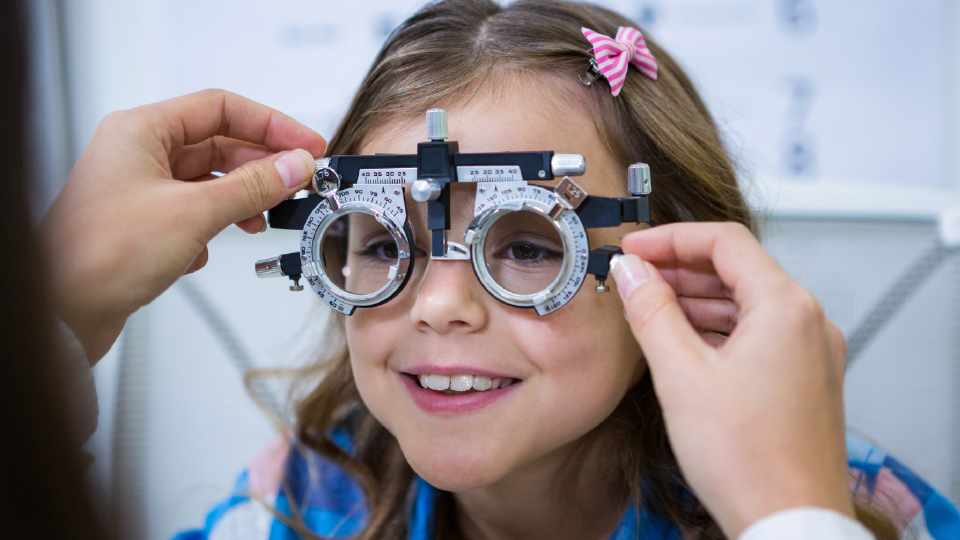All about the skin around the eyes and “drooping” eyelids
04/04/2025

08/05/2023
Anisometropia can be congenital, being present from birth or acquired, and may be secondary to trauma, ocular pathology (cataract, keratoconus...) or eye surgery (retinal detachment, cornea transplant...).
It can have a series of consequences and symptoms that will vary depending on the age and cause of the anisometropia.
When it comes to children in the stage of visual development (from birth to around 8-9 years old), if one eye has a higher refractive error, the visual image that reaches the brain is not clear. As a result, the brain tends to rely on the vision of the eye with a lower refractive error, leading to a condition known as "lazy eye" or amblyopia. In most cases, because the child can see well with one eye, they don't experience any noticeable symptoms and function normally. This means that amblyopia often goes undetected until the child undergoes a routine eye examination. That's why it is recommended that all children undergo an eye examination by a specialist between the ages of 2 and 3 years.
In adults, depending on the cause of the anisometropia and the difference in dioptres, the brain will receive different images. The varied images projected onto each retina make it difficult for the brain to merge them into a single coherent image This leads to a compromised ability to have clear binocular vision or proper coordination between both eyes, a condition known as aniseikonia. As a result, patients may experience symptoms like headaches, eye fatigue, blurry vision, and double vision (diplopia).
If there is a lazy eye or a significant difference in refractive error that affects binocular vision, it is possible for strabismus to occur. Strabismus refers to the lack of parallelism between both eyes, resulting in misalignment or crossed eyes.
The treatment approach for anisometropia depends on factors such as the patient's age, the underlying cause, and the difference in refractive error between the eyes. In most cases, the treatment of choice will be optical correction using glasses or contact lenses. For children with lazy eye, the first step will be to correct the refractive error using glasses or contact lenses. On occasions, particularly when the child is older and the difference in diopters is significant, occlusion therapy may also be necessary. This involves temporarily covering the healthy eye with a patch.
In adult patients, the specialist ophthalmologist may consider resorting to refractive surgery.
Dr. Idoia Rodríguez Maiztegui, ophthalmologist at the Barraquer Ophthalmology Centre